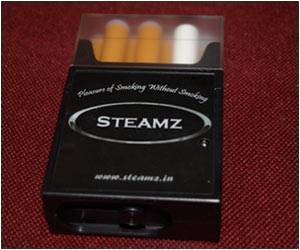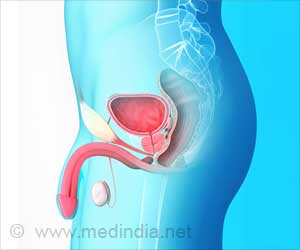
While some say e-cigarettes may help tobacco smokers kick the habit, others are concerned that the unregulated devices are being marketed widely despite little long-term evidence about their health effects.
The team from Portland State University experimented with a machine that "inhaled" e-cigarette vapor at low voltage and high voltage to see if and how much formaldehyde was produced by the heating of the vaping liquid, which contains flavoring chemicals, nicotine, propylene glycol and glycerol.
The machine took 10 puffs over the course of five minutes, each puff lasting three to four seconds.
No formaldehyde was detected when the machine operated at the low, 3.3 voltage setting, the authors said in a research letter published by the New England journal of Medicine.
But when it inhaled at the highest setting, five volts, formaldehyde was detected, at levels far higher than seen in conventional tobacco cigarettes.
Advertisement
The daily estimate of formaldehyde exposure for a pack-a-day smoker is three milligrams.
Advertisement
"How formaldehyde-releasing agents behave in the respiratory tract is unknown, but formaldehyde is an International Agency for Research on Cancer group 1 carcinogen," the article said.
"Formaldehyde-releasing agents may deposit more efficiently in the respiratory tract than gaseous formaldehyde, and so they could carry a higher slope factor for cancer."
Peter Hajek, director of the Tobacco Dependence Research Unit at Barts and The London School of Medicine and Dentistry, said the study did not reflect real-world conditions.
"In e-cigarette use by humans, overheating the liquid generates acrid tasting 'dry puff' which is unpleasant and avoided rather than slowly inhaled," said Hajek, who was not involved in the study.
"When a chicken is burned, the resulting black crisp will contain carcinogens but that does not mean that chicken are carcinogenic," he added.
"Vaping may not be as safe as breathing clear mountain air, but it is much safer than smoking. It would be a shame if this study persuaded smokers who cannot or do not want to stop smoking and contemplate vaping that they might as well stick to their deadly cigarettes."
Source-AFP















